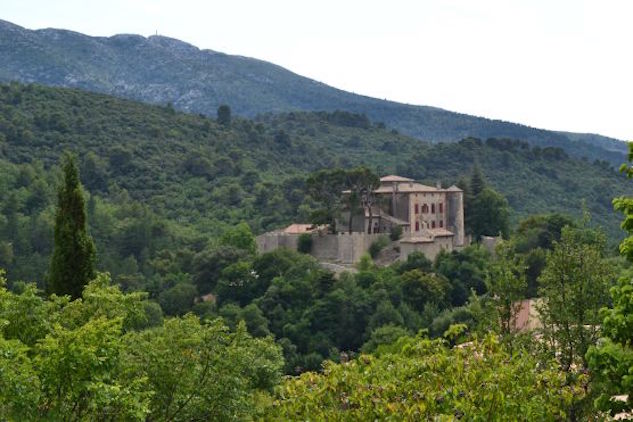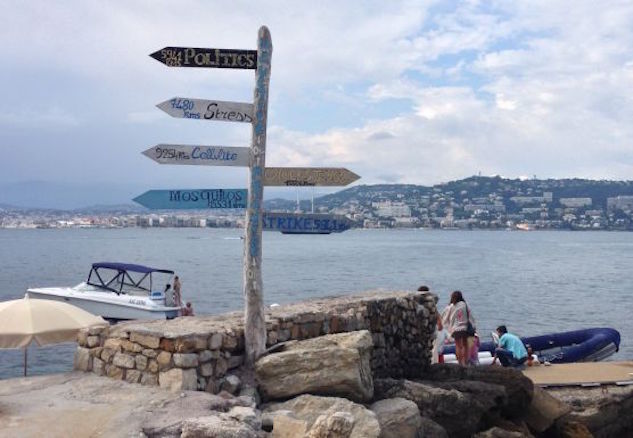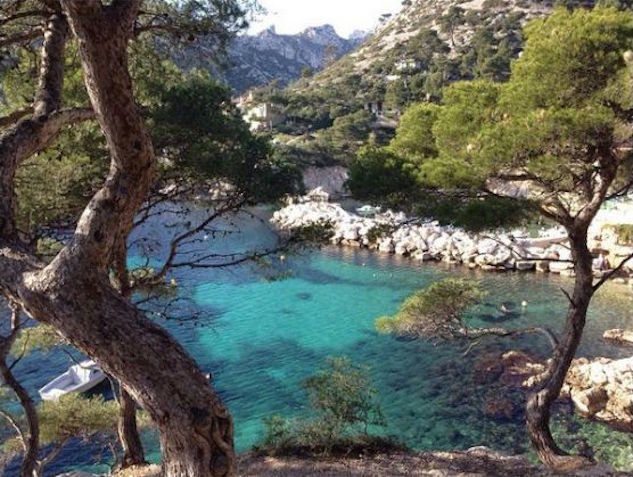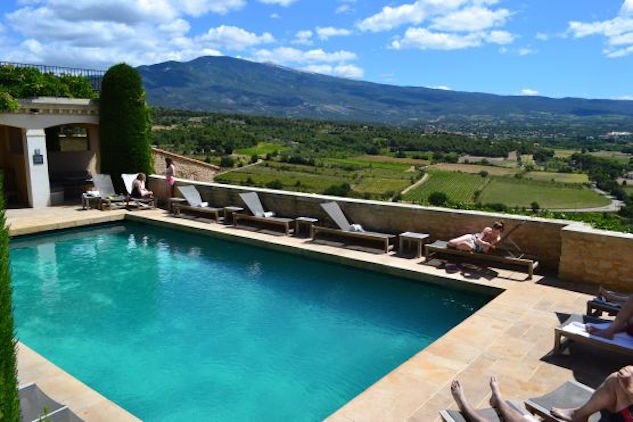Take Five: Undiscovered Provence
Photos by Zosia SwidlickaFrance is the most visited country in the world, and Provence—with its lavender fields, pristine coastline, film festivals and village life—has long been one of France’s claims to fame. But it’s not just about Cannes and Nice; lift its glitzy veneer and you’ll discover Provence’s hidden charms. Authenticity lurks around corners and dances in bistro chalk scribbles, which reveal stories from the core of its terroir. Joie de vivre clings to the vines that sway in the breeze and swirls around a glass of crisp rosé. Savoir faire lives in the rough hands of a winemaker, and their smile. If you’re prepared to wander off the beaten path, you’ll be rewarded with tranquil villages, stunning natural landscapes and deserted shorelines.
1. Château de Vauvenargues

Nestled at the foot of the Mont Sainte-Victoire in Vauvenargues is Pablo Picasso’s château, where he lived with his family during the last years of his life. His studio still remains exactly as he left it, strewn with discarded paintbrushes and dried-out pots of paint. A bucolic frieze he painted directly onto the plaster frames the bathtub. And perhaps most significantly of all, the great man himself is buried on its grounds. While the castle is not always open to the public, visitors can still witness the stunning scene that inspired Picasso in his later life, and embark on one of the many hiking trails nearby.
2. Île Sainte-Marguerite

Skip the crowds and overpriced cocktails of Cannes and take a boat to Île Sainte-Marguerite. Half a mile from the shore, Île Sainte-Marguerite is also a national park. With its shaded pebble beaches and nature trails, the island provides welcome relief from the heat and tourists of mainstream Provence. Pine and eucalyptus trees take you on an aromatic journey through forest, sea and sky, where birdwatchers can spot native species. Wandering along the island’s paths will lead you to historical monuments as well as a trendy bar or two—unless the gentle lapping of the waves lulls you to sleep, which is totally fine too. Just as long as you wake up for the last boat back to shore.
-

-

-

-

-

-

-

-

-

-

-

-

-

-

-

-

-

-

-

-

-

-

-

-

-

-

-

-

-

-

-

-

-

-

-

-

-

-

-

-










































